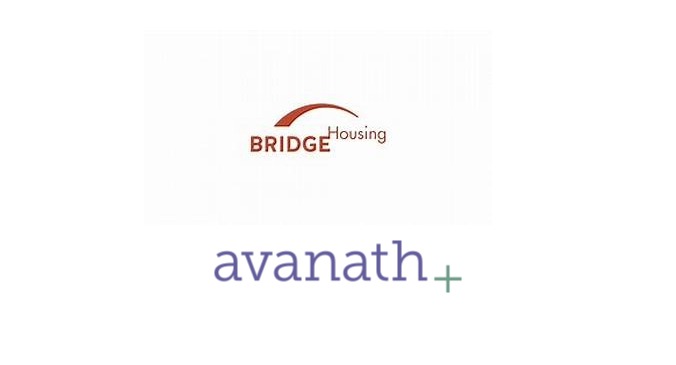Just as national home prices were bottoming in early 2012 following the crash that started in 2007, institutional buyer Invitation Homes (owned by Blackstone at the time) was entering the U.S. housing market and looking for deals at rock-bottom prices. Within a year, the single-family rental operator had acquired around 24,000 homes.
Fast-forward to the pandemic, and Dallas-based Invitation Homes once again went on a homebuying spree as soaring rents and home prices—coupled with low borrowing costs and easy access to capital—created a once-in-a-generation house-buying opportunity. At the height of the pandemic boom, Invitation Homes bought 1,684 homes in the third quarter of 2021.
That pandemic-era bull rush is over now. Not only are many institutional homebuyers on pause, many are outright net sellers. We’re passing through something of an institutional homebuyer freeze.
In July, Invitation Homes—the country’s largest owner of U.S. single-family homes—sold off more homes (378) than it acquired (276) in the second quarter of 2023. That marks the third straight quarter that the rental operator was a net seller.
At the end of the second quarter, Invitation Homes owned a total of 82,837 U.S. homes—down from 83,148 homes at the end of Q3 2022.
Invitation Homes—which Blackstone helped to grow before divesting in 2019—isn’t the only big dog who has pulled back a bit. Look no further than American Homes 4 Rent.
In the first quarter of 2023, American Homes 4 Rent sold off more single-family homes (666) than it bought (312). That net decline saw the Las Vegas–based company’s portfolio shrink from 58,993 rental homes across the country to 58,639 homes. A year earlier, in the first quarter of 2022, American Homes 4 Rent bought 1,131 homes and sold off only 171 homes.
According to an analysis conducted by John Burns Research and Consulting, institutional investors—those owning over 1,000 homes—bought 90 percent fewer homes in January and February than they did in the first two months of 2022.
The reason for the institutional investor pullback? It boils down to the fact that the financial return on each additional home added just isn’t that great right now after factoring in interest rates, house prices, and rents. That’ll happen when the Federal Reserve jacks up interest rates at the fastest clip in over four decades, just after a period of historically low interest rates.
That said, it’s likely that Invitation Homes will be a net buyer again—at least for the third quarter of 2023.
Invitation Homes acknowledged that on July 18 it had acquired a “portfolio of nearly 1,900 homes for approximately $650 million.” That acquisition falls into Invitation Homes’ third quarter, which concludes at the end of September.
While Invitation Homes did not disclose the name of the seller, it’s worth noting that Bloomberg reported in June that Starwood Capital Group—whose REIT faces an uptick in redemption requests and continues to endure pain in the commercial real estate sector—was nearing a deal to sell around 2,000 single-family rentals to Invitation Homes.
If Invitation Home did indeed buy these 1,900 homes from another institutional firm, it would mean that on a net basis this transaction didn’t boost overall institutional ownership of U.S. homes.

Source Lance Lambert, Yahoo















